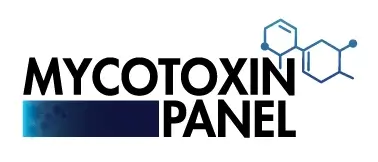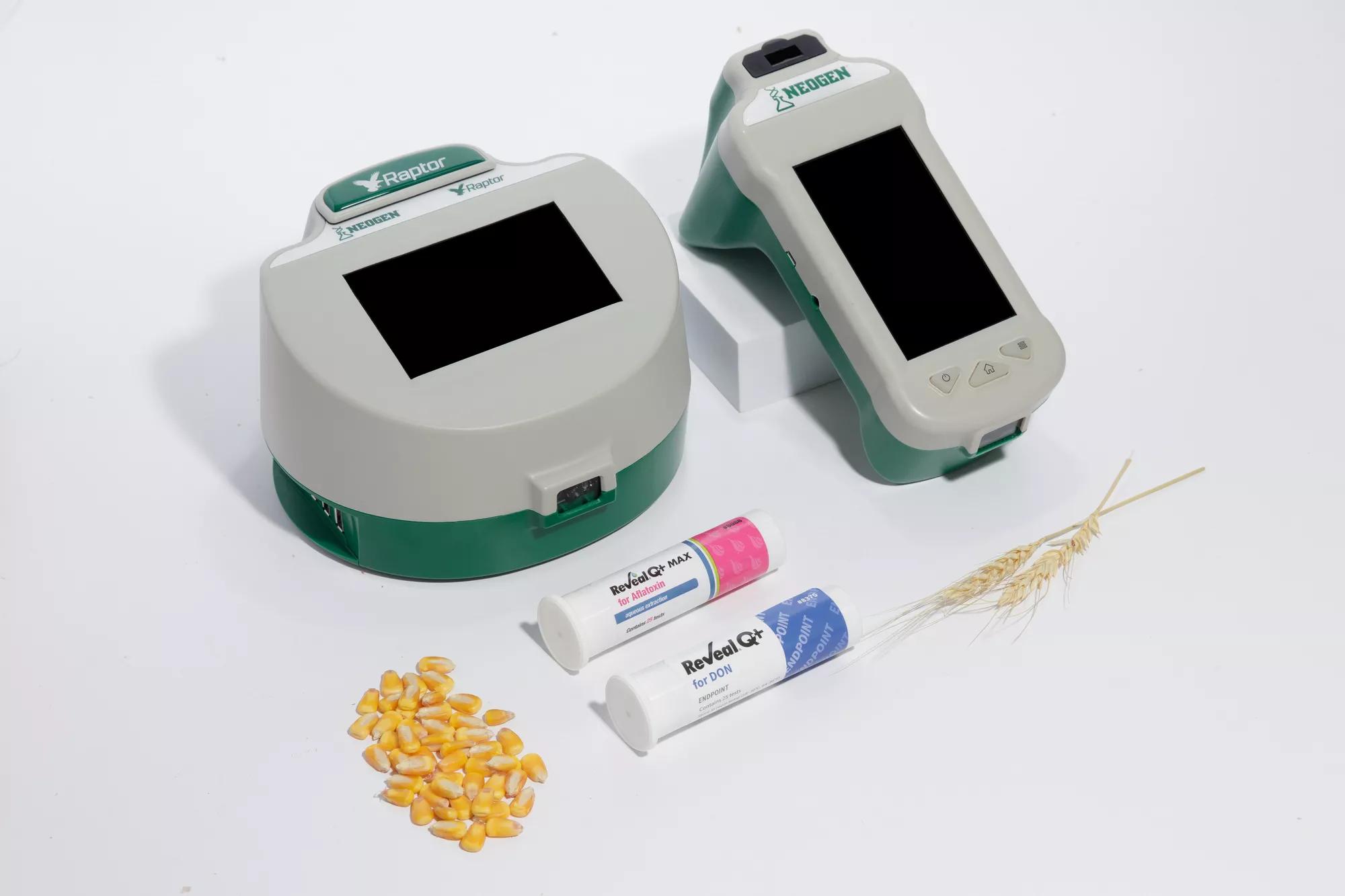How Mycotoxin testing Services Can Secure Your Products
How Mycotoxin testing Services Can Secure Your Products
Blog Article
Exactly How Mycotoxin Screening Helps Protect Against Contamination and Protect Food Supplies

Mycotoxin testing is a vital technique in the food market, serving as a frontline protection versus contamination by damaging contaminants created by molds. Via the application of sophisticated strategies like High-Performance Liquid Chromatography (HPLC) and Liquid Chromatography-Mass Spectrometry (LC-MS), food producers can accurately detect and quantify mycotoxin levels in farming items.
Recognizing Mycotoxins
Comprehending mycotoxins begins with acknowledging that they are hazardous additional metabolites produced by particular mold and mildews, which can pollute agricultural products. These metabolites are not crucial for the growth or reproduction of the fungi but can have extreme effects for animal and human health and wellness. Mycotoxins are generally discovered in staple plants such as corn, wheat, barley, and nuts, where they can multiply under details conditions of wetness and temperature level.
There are several kinds of mycotoxins, each produced by different fungal species. Fusarium varieties produce fumonisins and trichothecenes, both of which are connected with numerous acute and chronic wellness concerns.

Dangers of Mycotoxin Contamination
The risks of mycotoxin contamination are complex, posing considerable risks to both food security and public health. Mycotoxins, harmful substances generated by certain kinds of fungi, can pollute a broad array of agricultural products including grains, nuts, seasonings, dried fruits, and coffee.
Economic impacts are one more major problem. Polluted crops can result in significant economic losses for farmers and food manufacturers due to lowered yields and the demand for expensive purification procedures. Additionally, international trade can be substantially hindered as countries implement strict mycotoxin laws to safeguard their populations, bring about rejected deliveries and stretched profession relationships.
Ecological factors such as environment change exacerbate the risk of mycotoxin contamination. Variations in temperature and moisture can produce desirable problems for fungal development, increasing the possibility of contamination occasions. Therefore, understanding and alleviating these dangers are vital for making certain the safety and integrity of global food products.
Methods of Mycotoxin Evaluating
Accurately determining mycotoxin contamination in agricultural items is essential for guarding public wellness and preserving food safety requirements. Numerous methods are used to detect and quantify mycotoxins, each offering certain advantages and restrictions.
High-Performance Fluid Chromatography (HPLC) is an extensively used technique as a result of its high level of sensitivity and accuracy. It entails separating mycotoxins from other compounds in a sample, allowing precise quantification. Fluid Chromatography-Mass Spectrometry (LC-MS) integrates fluid chromatography with mass spectrometry to offer thorough molecular details, making it especially valuable for recognizing several mycotoxins concurrently.

Gas Chromatography-Mass Spectrometry (GC-MS) and Thin-Layer Chromatography (TENDER LOVING CARE) are also employed, each with one-of-a-kind applications. GC-MS is effective for volatile mycotoxins, while TLC offers an easier, economical choice for initial screening.
Advantages of Normal Checking
Normal screening for mycotoxins in agricultural products supplies various advantages, substantially adding to public health and food safety and security. By determining contamination early, routine testing assists stop the circulation of poisonous foods, thereby minimizing the danger of mycotoxin-related health problems among customers. This positive technique not only safeguards human wellness yet also improves the total high quality of food products.
Constant testing also sustains regulative conformity. Different nations and regions her comment is here have developed rigorous restrictions for mycotoxin degrees in food and feed. Complying with these limits via regular screening makes certain that manufacturers and suppliers meet legal standards, thereby staying clear of penalties and profession obstacles. Maintaining conformity promotes customer depend on and brand online Recommended Reading reputation, which are crucial for market success.
In addition, routine mycotoxin screening can lead to considerable economic benefits. Early discovery of contamination permits for prompt treatment, decreasing prospective losses from extensive contamination. Carrying out routine screening protocols can also reduce recall expenses and associated obligations, which can be economically ravaging.
Moreover, normal screening supplies important data that can inform better agricultural practices and storage problems. By recognizing patterns of contamination, manufacturers can take on preventative actions, therefore lowering future dangers and adding to the sustainability of the food supply chain.
Applying Checking Procedures
Carrying out effective mycotoxin screening procedures is critical for making sure the safety and security and quality of farming products. Each stage has to be looked at to pinpoint where mycotoxin contamination is most likely to take place.
As soon as vital control factors are determined, selecting proper testing techniques is important. Usual techniques consist of enzyme-linked immunosorbent assay (ELISA), high-performance liquid chromatography (HPLC), and mass spectrometry (MS) Each technique has its toughness and weaknesses; therefore, picking the appropriate one relies on the particular mycotoxin being examined, the required level of sensitivity, and available resources.

Finally, incorporating the testing protocols right into an extensive food safety and security administration system is advisable. This boosts traceability and enables swift rehabilitative actions when contamination is detected, consequently protecting the honesty of the food supply chain.
Conclusion
Mycotoxin screening is vital in protecting against contamination and securing food products by allowing very early detection of harmful contaminants produced by mold and mildews in agricultural products. Advanced approaches such as HPLC and LC-MS ensure compliance with safety and security policies and secure customers from health dangers. a knockout post Normal testing boosts brand track record, financial stability, and depend on in food safety and security by reducing contamination-related losses and preserving high criteria in food production. Executing extensive screening methods is thus crucial for the market's general health.
Mycotoxin testing is an indispensable practice in the food sector, offering as a frontline protection versus contamination by unsafe contaminants generated by mold and mildews. An incorporated technique including agricultural practices, storage monitoring, and normal screening can alleviate the risks linked with mycotoxin contamination, guaranteeing food security and public health and wellness.
The dangers of mycotoxin contamination are multifaceted, posing significant hazards to both food safety and security and public health and wellness.Regular screening for mycotoxins in farming products offers numerous advantages, significantly adding to public health and wellness and food safety.Mycotoxin screening is necessary in stopping contamination and protecting food products by making it possible for early discovery of dangerous toxic substances generated by molds in farming items.
Report this page